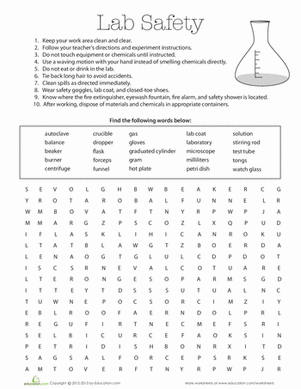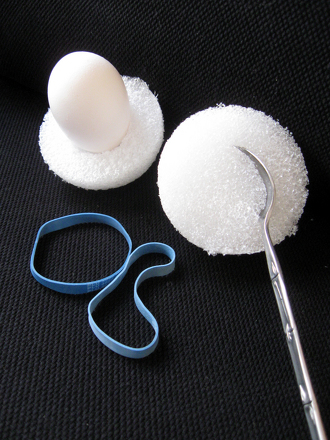Science project
Caution Sign Safety
Grade Level: 5th - 8th; Type: Psychology
Objective:
To find out how wide a berth people give a caution sign.
Caution signs come in different shapes and sizes but are all designed to warn people of potential danger in an area. The purpose of this experiment is to see how far the “danger zone” is from different types of caution signs.
Research Questions:
- How do people learn that a caution sign means that there are dangerous conditions?
- Are people ever injured in an area where a business has placed a caution sign?
- What different types of caution signs are available?
Businesses are required to use caution signs to alert their customers of potential hazards, especially of wet floors. These signs come in a variety of sizes and shapes and are placed in the middle of areas that may pose a risk to passersby. The size and shape of the caution sign varies considerably. Caution tape can be strung around a large area but is rarely used, and caution signs are only large enough to cover a very small spill. People who come into contact with these signs are assumed to believe that the area of danger extends beyond the sign itself, but this perceived threat varies from person to person. Some caution signs may indicate a larger area of danger than other signs which would keep more people safe around these signs.
Materials:
- Caution signs (such as “Caution: Wet Floor” or an orange traffic cone) 3 or 4 types are best
- Willing participants
- Tape measure
Borrow caution signs from your school or local businesses for the day. Most business will have a few signs to warn their customers when there is a wet floor or other dangerous condition kept in a closet with their janitorial supplies.
Experimental Procedure:
-
Set up a number of caution signs in a large room, such as the school gym or cafeteria. Choose a time when there are not a lot of people around or ask for permission to run the experiment when students are in class.
-
Mark off a starting point that is 15 meters from each cone.
-
Work with each of your subjects one at a time.
-
Have your subject stand at a distance of 15 meters from the first caution sign.
-
Tell your subject to walk towards the caution sign until they believe that they are no longer safe.
-
Have your subject stand still and measure the distance from the caution sign to the place where they stopped walking.
-
Record the results on a chart such as the one below.
-
Repeat steps 4-7 with the other types of caution signs.
-
Repeat the experiment with other volunteers. The more volunteers you have the more accurate your results will be.
|
Subject
|
traffic cone
|
“Caution Wet Floor” (large white)
|
“Caution Wet Floor” (small orange) |
“Dangerous When Wet” |
|
1
|
3.5 m
|
5.1 m
|
4.5m
|
6m
|
|
2
|
0.4m
|
1.2m
|
0.8m
|
1.1m
|
|
3
|
|
|
|
|
Terms/Concepts: caution sign; perceived threat; danger; fight or flight; adrenaline; learning theory
References:
Education.com provides the Science Fair Project Ideas for informational purposes only. Education.com does not make any guarantee or representation regarding the Science Fair Project Ideas and is not responsible or liable for any loss or damage, directly or indirectly, caused by your use of such information. By accessing the Science Fair Project Ideas, you waive and renounce any claims against Education.com that arise thereof. In addition, your access to Education.com's website and Science Fair Project Ideas is covered by Education.com's Privacy Policy and site Terms of Use, which include limitations on Education.com's liability.
Warning is hereby given that not all Project Ideas are appropriate for all individuals or in all circumstances. Implementation of any Science Project Idea should be undertaken only in appropriate settings and with appropriate parental or other supervision. Reading and following the safety precautions of all materials used in a project is the sole responsibility of each individual. For further information, consult your state's handbook of Science Safety.













